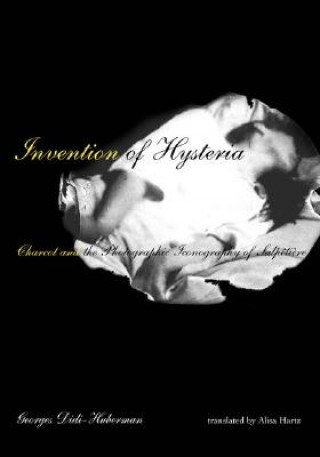
Kód: 04397547
Invention of Hysteria
Autor Didi-Huberman
In this classic of French cultural studies, Georges Didi-Huberman traces the intimate and reciprocal relationship between the disciplines of psychiatry and photography in the late nineteenth century. Focusing on the immense photog ... celý popis
- Jazyk:
 Angličtina
Angličtina - Väzba: Brožovaná
- Počet strán: 385
Nakladateľ: MIT Press Ltd, 2004
- Viac informácií o knihe

Mohlo by sa vám tiež páčiť
-

Walking Dead Compendium Volume 1
61.33 € -

New Moody Atlas of the Bible
48.26 € -

Bear Island
12.36 € -13 % -

America's Reluctant Prince
19.60 € -13 % -

The Elf on the Shelf Search and Find
7.73 € -23 % -

SM Jrnl Artisan Wherever You Go
11.55 € -4 % -
![Pop Metal [With CD] Pop Metal [With CD]](https://media.libris.to/jacket/23863435t.jpg)
Pop Metal [With CD]
15.88 € -1 % -

Filofax Personal Holborn purple organiser
107.69 € -

First 50 Movie Themes You Should Play on Piano
20.60 € -2 % -

Bond Undone
13.56 € -4 % -

Skeptics' Guide to the Universe
13.36 € -19 % -

Nordic Tales
20.50 € -23 % -

Watercolor with Me
19.40 € -22 % -

Good Omens (Film Tie-in)
9.95 € -16 % -

Vampire Knight: Memories, Vol. 3
7.73 € -23 % -

Bell P39 Airacobra and P63 Kingcobra Fighters: Soviet Service during World War II
54.39 € -15 % -

Tour of Representation Theory
196.38 € -

The Culture Code
11.05 € -6 % -

Psychology of Time Travel
12.56 € -5 % -

Sartorialist: Closer (The Sartorialist Volume 2)
46.45 € -

Magos
12.36 € -13 % -

Dian Hanson's Pussy Book
22.51 € -

Sketchbook of Loish
29.65 € -16 % -

Maybe in Another Life
9.95 € -23 % -
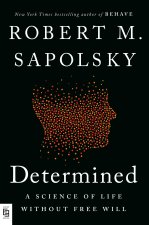
Determined
17.18 € -20 % -

Magnum Magnum
133.03 € -23 % -

The Art of Home: A Designer Guide to Creating an Elevated Yet Approachable Home
38.20 € -2 % -

The Bone Season: Tenth Anniversary Edition
25.73 € -19 % -

Husky and His White Cat Shizun: Erha He Ta De Bai Mao Shizun (Novel) Vol. 3
17.79 € -10 % -

Star Wars The High Republic: Quest For Planet X
12.46 € -23 % -

Twisted Games
9.34 € -21 % -

Battle of Rocroi 1643
26.94 € -23 % -

Short Stories in Spanish for Beginners, Volume 2
13.06 € -16 % -

Pharmacopoeia
15.98 € -13 % -

Memory Called Empire
10.65 € -20 % -
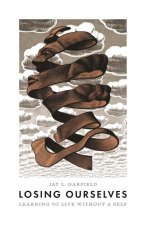
Losing Ourselves
27.14 € -12 % -

Fantasy Mapping
28.45 € -

React Cookbook
52.08 € -21 % -

Dinosaurs
70.48 € -

Bluey: Little Library
6.73 € -23 % -

Young Poland
56.40 € -10 % -

Egyptian Cookbook: Enjoy Authentic Egyptian Cooking with 50 Delicious Egyptian Recipes (3rd Edition)
12.45 € -

Excellence in People Analytics
41.72 € -3 % -

Graphic Guide to Frame Construction
26.03 € -14 % -

Governance, Globalization and Public Policy
51.07 € -9 % -

Eusebius
20.81 € -

Start With Why
12.06 € -23 % -

Howl's Moving Castle Film Comic, Vol. 1
8.84 € -23 % -

Pirate King
11.05 € -

Solid State Physics
113.12 € -

Unweaving the Rainbow
12.06 € -22 % -

Crime and Punishment
10.25 € -20 % -

Don Casey's Complete Illustrated Sailboat Maintenance Manual
54.69 € -17 % -

Collins Beekeeper's Bible
37.50 € -23 % -

Contemporary Jazz Piano
20.60 € -2 % -

Brain
12.06 € -23 % -
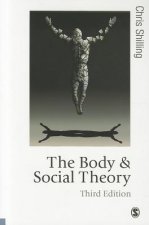
Body and Social Theory
119.55 € -10 % -

Longman Dictionary of Contemporary English 6 paper
49.36 € -

Life Lessons from the Monk Who Sold His Ferrari
6.43 € -36 % -

Suzuki Violin School, Vol 2: Violin Part
16.78 € -

Wasted
16.48 € -

Intermediate Russian
74.90 € -

First Sticker Book Trains
6.73 € -23 % -

Little Women
7.23 € -17 % -

Early Keyboard Music, Vol 2
17.79 € -1 % -

Don't Be Cruel: Akira Takanashi's Story
13.36 € -6 % -

Free Sex Chocolate
18.39 € -

Library at Mount Char
15.88 € -12 % -
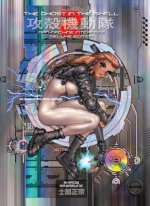
Ghost In The Shell 2 Deluxe Edition
34.68 € -

Witches' Bane
9.14 € -

Rabbit and Bear: Rabbit's Bad Habits
9.34 € -19 % -

Metamathematics of First-Order Arithmetic
204.62 € -
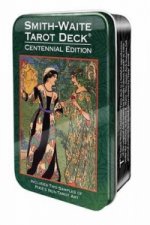
Smith-Waite Tarot Deck in a Tin
19.40 € -7 % -

Stone Sky
10.65 € -20 % -

Introduction to the Gothic Language
48.66 € -

Planting in a Post-Wild World
28.05 € -20 % -

The Princess Diaries, Royal Wedding
16.88 € -
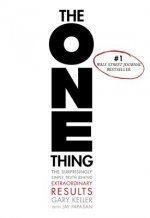
ONE Thing
23.12 € -17 % -

Kücük Prens
9.54 € -

Van Gogh
3.51 € -5 % -
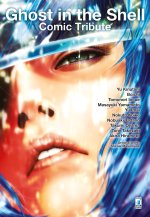
Ghost in the shell. Comic tribute
14.07 € -

The Grandmaster of Demonic Cultivation Light Novel 05 HARDCOVER
15.17 € -

Wiedzmin 7 Pani Jeziora
12.46 € -17 % -

Mein Wisch-und-weg-Vorschulspaß: Ich zähle bis 20!
7.83 €
Darujte túto knihu ešte dnes
- Objednajte knihu a vyberte Zaslať ako darček.
- Obratom obdržíte darovací poukaz na knihu, ktorý môžete ihneď odovzdať obdarovanému.
- Knihu zašleme na adresu obdarovaného, o nič sa nestaráte.
Viac informácií o knihe Invention of Hysteria
Nákupom získate 176 bodov
 Anotácia knihy
Anotácia knihy
In this classic of French cultural studies, Georges Didi-Huberman traces the intimate and reciprocal relationship between the disciplines of psychiatry and photography in the late nineteenth century. Focusing on the immense photographic output of the Salpetriere hospital, the notorious Parisian asylum for insane and incurable women, Didi-Huberman shows the crucial role played by photography in the invention of the category of hysteria. Under the direction of the medical teacher and clinician Jean-Martin Charcot, the inmates of Salpetriere identified as hysterics were methodically photographed, providing skeptical colleagues with visual proof of hysteria's specific form. These images, many of which appear in this book, provided the materials for the multivolume album Iconographie photographique de la Salpetriere.As Didi-Huberman shows, these photographs were far from simply objective documentation. The subjects were required to portray their hysterical "type"--they performed their own hysteria. Bribed by the special status they enjoyed in the purgatory of experimentation and threatened with transfer back to the inferno of the incurables, the women patiently posed for the photographs and submitted to presentations of hysterical attacks before the crowds that gathered for Charcot's "Tuesday Lectures."Charcot did not stop at voyeuristic observation. Through techniques such as hypnosis, electroshock therapy, and genital manipulation, he instigated the hysterical symptoms in his patients, eventually giving rise to hatred and resistance on their part. Didi-Huberman follows this path from complicity to antipathy in one of Charcot's favorite "cases," that of Augustine, whose image crops up again and again in the Iconographie. Augustine's virtuosic performance of hysteria ultimately became one of self-sacrifice, seen in pictures of ecstasy, crucifixion, and silent cries.
 Parametre knihy
Parametre knihy
Zaradenie knihy Knihy po anglicky The arts Art treatments & subjects Human figures depicted in art
70.08 €
- Celý názov: Invention of Hysteria
- Autor: Didi-Huberman
- Jazyk:
 Angličtina
Angličtina - Väzba: Brožovaná
- Počet strán: 385
- EAN: 9780262541800
- ISBN: 0262541807
- ID: 04397547
- Nakladateľ: MIT Press Ltd
- Hmotnosť: 820 g
- Rozmery: 254 × 181 × 22 mm
- Dátum vydania: 17. September 2004
Obľúbené z iného súdka
-

The Big Penis Book
50.67 € -6 % -
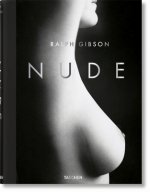
Ralph Gibson. Nude
48.26 € -13 % -

Helmut Newton: Portraits
55.70 € -

Anatomy for 3D Artists
35.69 € -14 % -
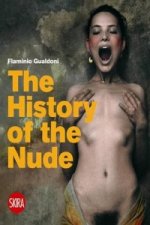
History of the Nude
21.51 € -23 % -

PinUp-Kalender 2024 (Wandkalender 2024 DIN A2 quer), CALVENDO Monatskalender
71.49 € -
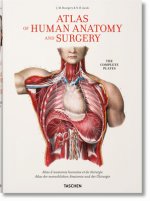
Bourgery. Atlas of Human Anatomy and Surgery
62.64 € -

Facial Expressions
21.71 € -13 % -

Kinbaku
25.63 € -

Big Ass Book
10.95 € -15 % -

Extreme Hairy Pink Pussy
61.53 € -
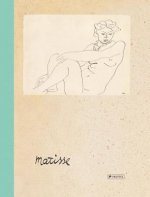
Henri Matisse
19.80 € -5 % -

Toys & Pussy Girls
20 € -
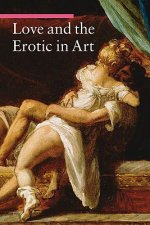
Love and the Erotic in Art
29.75 € -7 % -
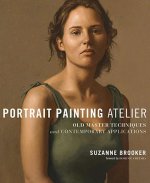
Portrait Painting Atelier
28.25 € -20 % -
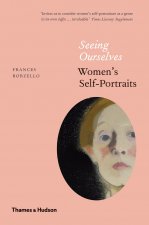
Seeing Ourselves
25.53 € -17 % -

Beautiful Breasts Pictures
22.41 € -
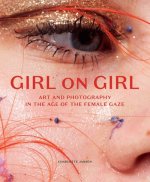
Girl on Girl
18.39 € -23 % -
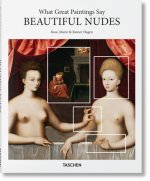
What Great Paintings Say. Beautiful Nudes
21.21 € -

Drawing and Painting Beautiful Faces
20.50 € -20 % -
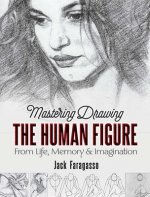
Mastering Drawing the Human Figure
25.93 € -15 % -
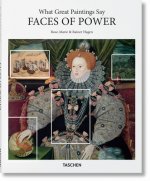
What Great Paintings Say. Faces of Power
17.39 € -
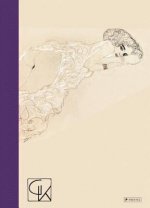
Gustav Klimt
21.81 € -
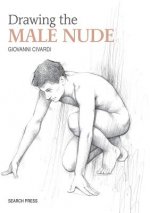
Drawing the Male Nude
15.98 € -13 % -
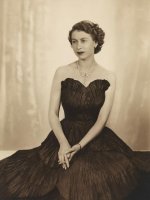
Elizabeth II
17.49 € -17 % -

My Gay Eye
23.92 € -
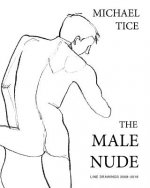
Male Nude
27.84 € -28 % -
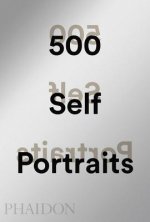
500 Self-Portraits
31.06 € -

The Art of Arousal
24.83 € -

Motocross - mit vollem Risiko (Wandkalender 2024 DIN A4 quer), CALVENDO Monatskalender
24.43 € -
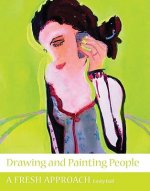
Drawing and Painting People
22.72 € -15 % -

Freiheit und Abenteuer - Paragliding (Wandkalender 2024 DIN A4 quer), CALVENDO Monatskalender
24.43 € -

Windsurfing - extrem cool (Wandkalender 2024 DIN A4 quer), CALVENDO Monatskalender
24.43 € -
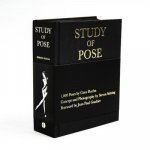
Study of Pose
75.51 € -

Creating Characters for the Entertainment Industry
41.32 € -1 % -
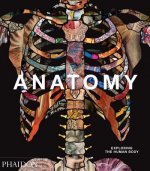
Anatomy, Exploring the Human Body
44.13 € -9 % -

Laurent Benaim
48.66 € -

Robert Crumb. Sketchbook Vol. 1. 1964-1968
44.13 € -
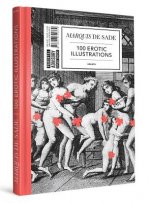
Marquis De Sade: 100 Erotic Illustrations
28.05 € -13 % -
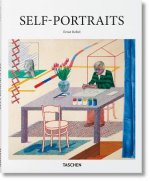
Self-Portraits
16.28 € -23 % -

Naked Girls with Small Breasts
52.78 € -9 % -
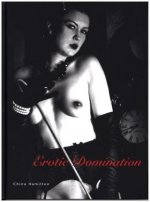
Erotic Domination
21.01 € -
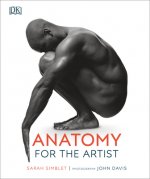
Anatomy for the Artist
36.39 € -10 % -

Pin-Up Art of Archie Dickens
15.68 € -14 % -
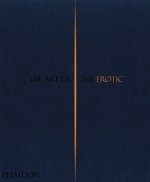
Art of the Erotic
71.08 € -10 % -
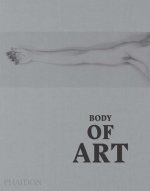
Body of Art
47.55 € -14 % -

Draw People Every Day
20.50 € -14 % -

Sensual Love Girls
61.53 € -
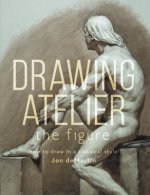
Drawing Atelier - The Figure
35.18 € -13 %
Osobný odber Bratislava a 2642 dalších
Copyright ©2008-24 najlacnejsie-knihy.sk Všetky práva vyhradenéSúkromieCookies



 21 miliónov titulov
21 miliónov titulov Vrátenie do mesiaca
Vrátenie do mesiaca 02/210 210 99 (8-15.30h)
02/210 210 99 (8-15.30h)